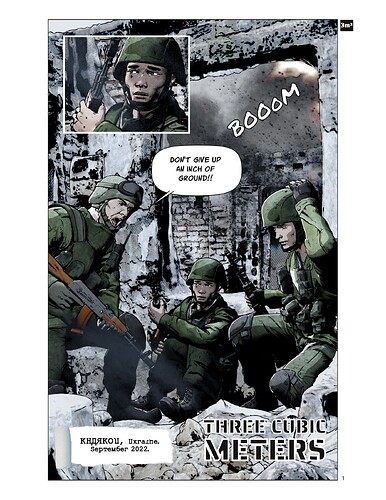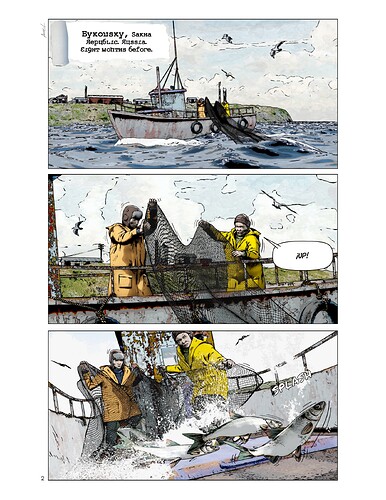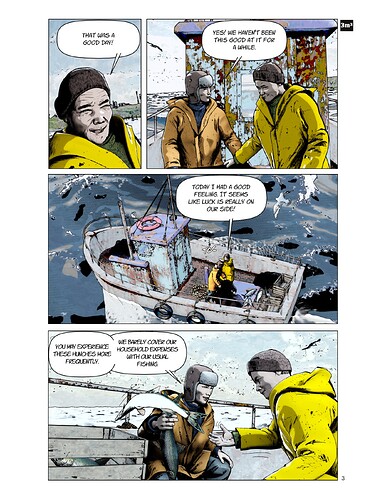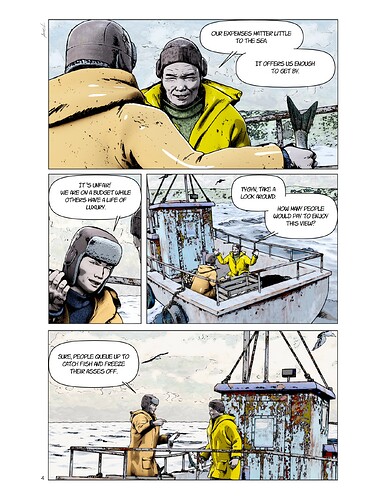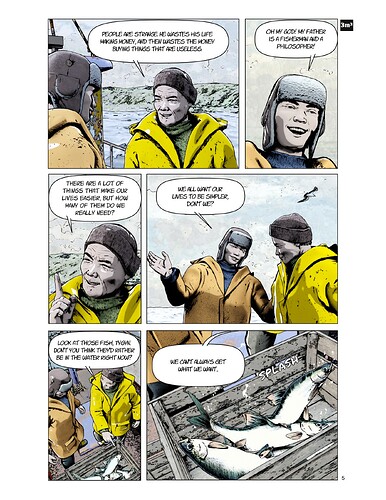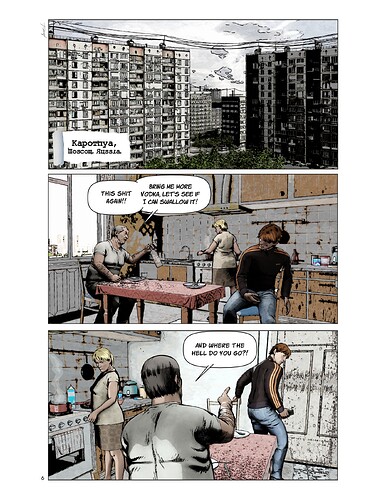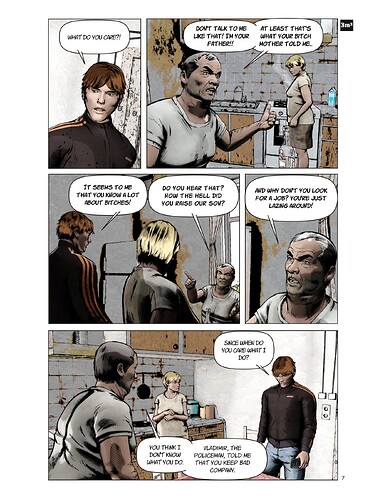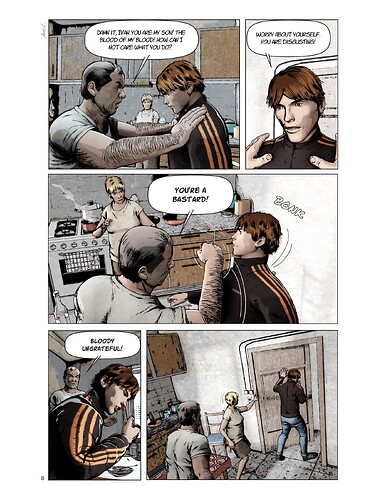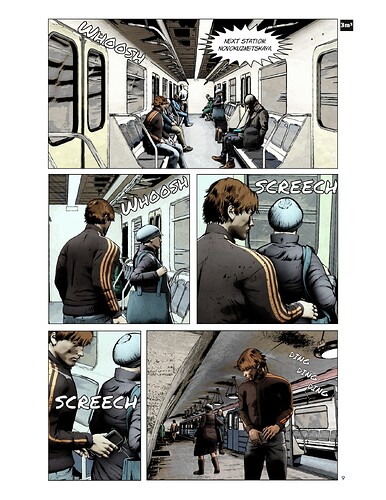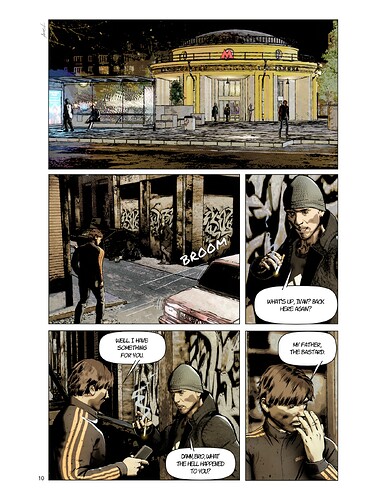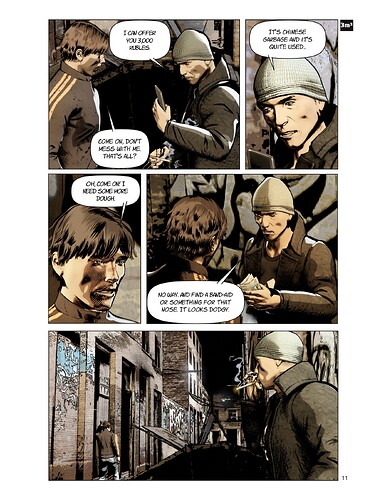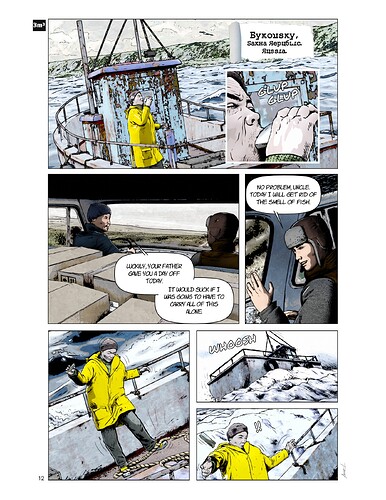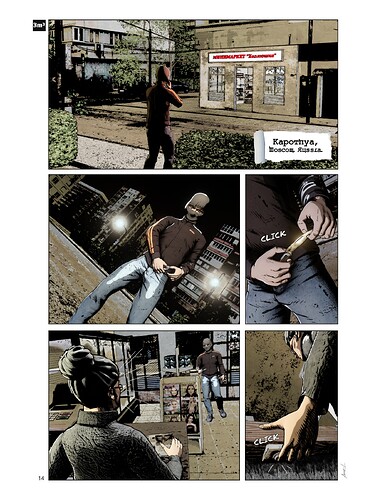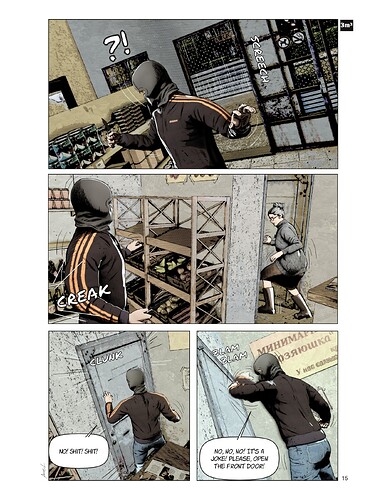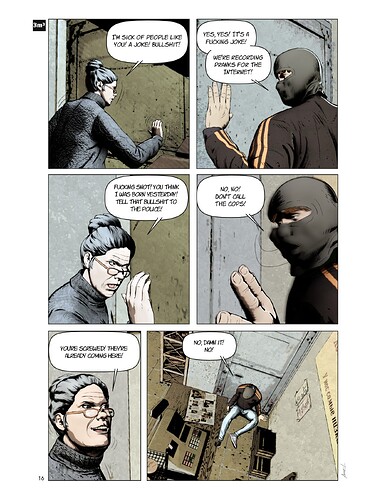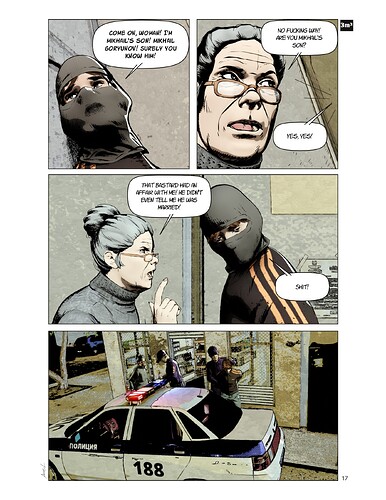New year, new project.
I come to present to you the new comic in which I am now immersed: Three cubic meters.
This is a comic set in the Russo-Ukrainian war. As you will see, this is a big change from my previous work (specifically a jump of more than 2,400 years) but I wanted a change of scenery.
The main action is set within the Ukrainian counteroffensive in Kharkiv that took place in September 2022 and has as protagonists two young Russians who, due to different circumstances, end up immersed in this battle. This gives rise to a story where, among others, some questions for reflection are addressed, such as: What reasons push someone to participate in a war? Are they worth it? Does war dehumanize the soldier? Are current soldiers prepared to face new weapons such as drones?
In fact, the title ‘Three cubic meters’ refers to the volume of earth that an average human grave has. Because that is what the intervention of a large majority of participants in these contests boils down to. Many of them are used as cannon fodder in tactics of dubious effectiveness and are frequently overwhelmed by the use of new weapons that make them easy targets.
But the changes are not only reduced to the theme of the comic, but also to the workflow and techniques used. After digging through the abundant information on NPR techniques in Blender and doing a lot of testing, I finally decided to try doing all the design/drawing work in Blender.
My intention in this new project is to reduce the use of Gimp and Inkscape as much as possible (only editing textures and images) and completely design/draw the vignettes in Blender. Obviously, the work of layout and composition of the pages continued to be carried out in Scribus.
However, integrating all the drawing work into Blender does not necessarily mean that the process has been simplified: It is the result of a combination of shader, node composition, ‘freestyle’ and ‘grease pencil’ techniques. Each of the elements in the scene (backgrounds, elements, characters and effects) are found in several ‘render layers’ to which different effects or techniques are applied:
-
For the backgrounds, I tried to simulate with the Node Compositor the ‘watercolor’ filters that he had previously created with Gimp and GMIC.
-
The secondary components simulate another filter (similar to watercolor), also made with the Node Compositor.
-
The characters use a combination of ‘NPR shaders’ (color and black ink) that are integrated through node composition and later retouched with ‘grease pencil’.
One of the biggest headaches is the use of contour lines and black ink. For the time being, I have decided to use a combination of techniques: contours and lines integrated into shaders, ‘freestyle’, and specially ‘grease pencil’.
At this point I would like to thank Sophie Jantak for her great video tutorials on drawing with ‘grease pencil’. If you are reading me here, I want you to know that you are an excellent artist and communicator and your videos have helped me learn a lot about this tool.
Grease pencil allows me to simulate more natural strokes in the drawing, similar to what I did in Inkscape, although I am still getting used to it. In this way I am trying to overcome some of the limitations I find when using ‘Freestyle’. The drawback of this method is that it requires more manual work and would certainly be less efficient in animation.
I won’t bother you anymore, here are the proofs of the first pages and I’ll try to upload updates. I hope you like the result.
For the rest of the pages (there are about 100 in total), wish me strength and a lot of patience.
